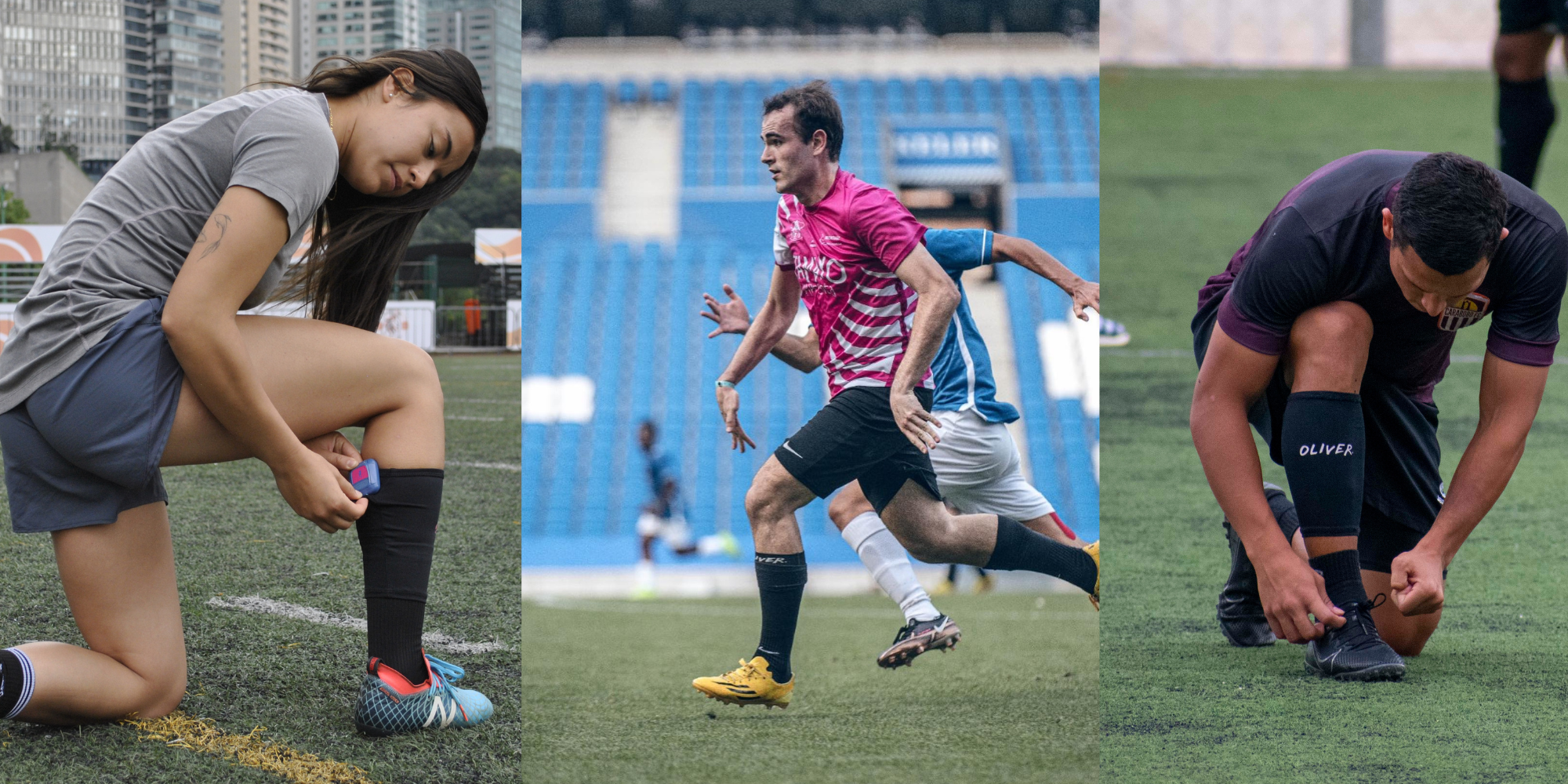Which Soccer Position Runs The Most? What GPS Technology says
.png)
Have you ever wondered which position on the soccer field involves the most running? It's a question that has intrigued fans, coaches, and analysts for years. Thanks to advances in GPS and sports monitoring technology, we now have unprecedented insights into the movement patterns of soccer players during matches. In this article, we'll dive into the data and uncover the mysteries behind player positions and their running habits.
Which Position Runs the Most in Soccer?
The position that runs the most in soccer is the midfielder. However, this data should be taken with a grain of salt, as it depends on a variety of variables.
Firstly, not all teams play with the same formation or style. Additionally, not all players adhere to this rule, and not all matches unfold in the same way, so these are aspects to consider. Many times, depending on the team, the opponent, and the match, it may be a defender or a forward who covers the most distance during the game.

Players use GPS devices to monitor their performance and obtain these metrics.
In that sense, it's important to understand that for every rule, there are exceptions, but when analyzing millions of data points and matches thanks to Big Data, the general rule is that midfielders are the players who run the most during a soccer match.
How Much Does a Soccer Player Run?
On average, a professional player covers a distance of 11 kilometers, while an amateur player covers a distance of 8.7 kilometers. However, it's important to understand that this varies depending on numerous factors: not all players run the same distance, even if they play in the same position, not all positions require the same distance covered, and many more. Therefore, the aforementioned averages are simply averages and do not follow an absolute rule.
One thing to consider when looking at this data is that all metrics are dynamic, so their analysis is always important for informed decision-making. Additionally, proper analysis over time helps accurately determine each player's capabilities and improvement possibilities.
.png?width=2000&height=1000&name=Dise%C3%B1o%20sin%20t%C3%ADtulo%20(11).png)
GPS technologies are a mandatory tool in almost all soccer teams worldwide. Additionally, more and more amateur players are acquiring their own devices to track their metrics.
Meters per Minute: A Key Metric for Understanding the Game
"Meters per minute" is a metric closely observed by analysts, coaches, and especially fitness trainers. This is because distance alone is a variable that can be misinterpreted and not very precise. Therefore, by looking at this metric and "combining" it with time, a more valuable insight can be obtained.
An amateur player, on average, covers 91.68 meters per minute, while a professional covers, on average, 120 meters per minute. In addition to reflecting the difference in distance, this metric hints at the difference in intensities at both levels, which is an interesting insight to comprehend the levels.
![]()
OLIVER is a GPS device that, when worn on the foot, provides players with a superior experience. There, they can access their metrics, receive coach recommendations, view their heat map, socialize with other players, participate in challenges, join rankings, and much more!
How is this information obtained? As mentioned at the beginning of the article, this is possible thanks to advances in GPS and sports monitoring technology.
Additionally, while it was previously only available to elite athletes, thanks to devices like OLIVER that can be acquired for 150 euros, thousands of amateur players can track their metrics with the same precision and quality as elite players.
Do you want to get your OLIVER GPS and track all your metrics?
Message us via Instagram (@oliversports.ai) and send us a message saying:
"DISCOUNT 5% ARTICLE"
to receive the 5% discount code and free shipping worldwide.

.png)
